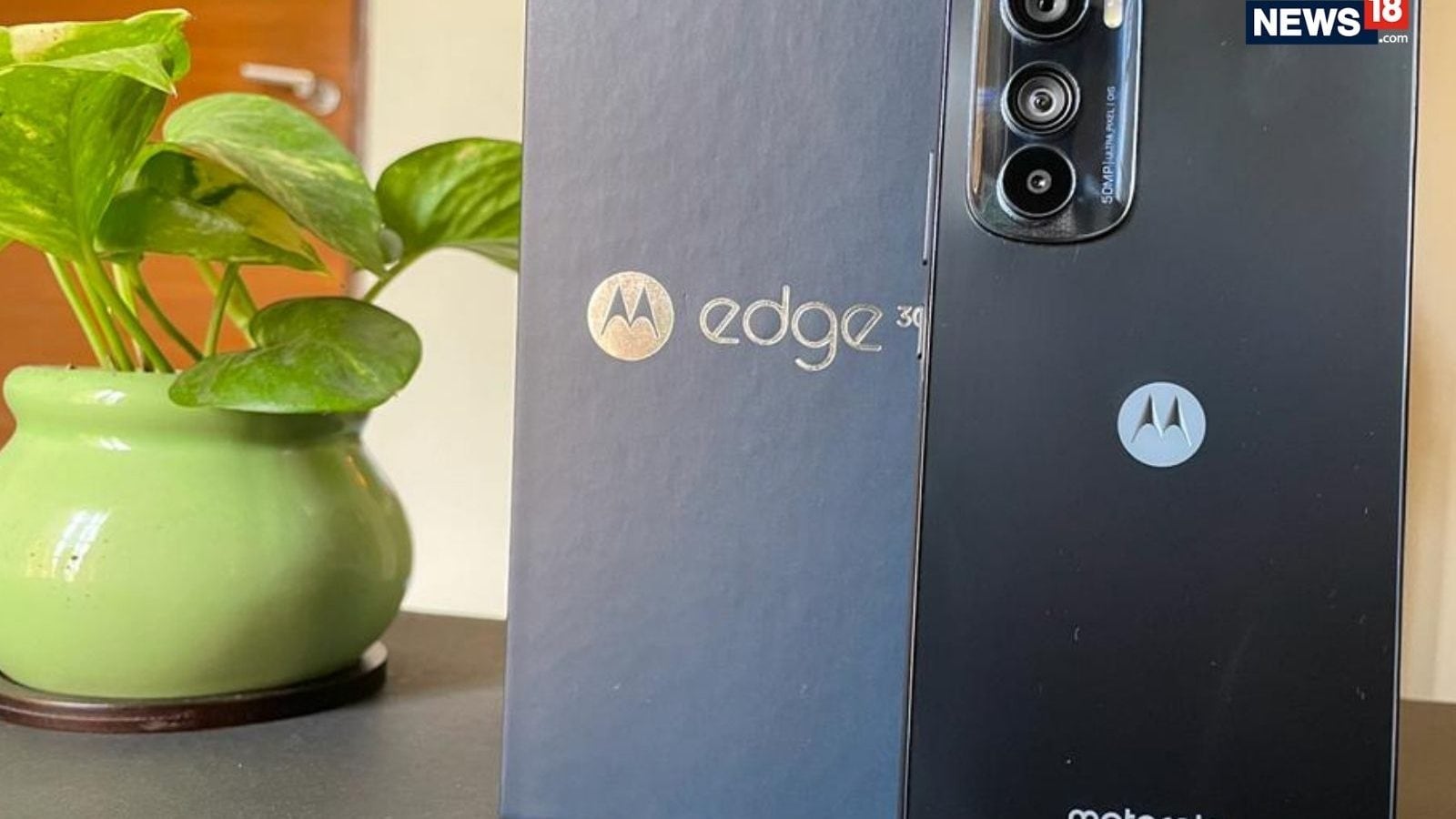Motorola Edge 30 Review: Should You Spend Rs 30,000 on This Smartphone?
Motorola Edge 30 is Motorola’s premium mid-budget smartphone, and it looks much better than its elder sibling, Motorola Edge 30 Pro, in design. It comes in two variants – 6GB RAM and 128GB storage for Rs 27,999 and 8GB RAM and same storage for Rs 29,999, and aims to rival a host of notable offerings like Vivo V23, OnePlus Nord 2, Samsung Galaxy M53 5G, and Realme 9 Pro+. Motorola continues to promise a clean Android 12 software experience that most rival Android phones fail to offer. We also get two 50-megapixel rear cameras and a 32-megapixel selfie sensor that may attract camera-focused customers.
When I reviewed Motorola Edge 30 Pro early this year, I found the smartphone capable of handling most daily tasks, but my biggest complaints were the design and storage. Motorola is still offering maximum 128GB storage with its smartphones, though the new Motorola Edge 30 is being promoted as the slimmest 5G smartphone. In terms of design, the new Motorola phone definitely sings, but is it enough for customers planning to buy a device under Rs 30,000? Here’s what you need to know.
Design: The Motorola Edge is easily one of the lightest and slimmest smartphones you’ll find in the market, especially at this price. It measures 6.79mm in thickness and weighs 155 grams, and customers can choose between two colour options (meteor grey and aurora green). For reference, the iPhone SE 2 measures 7.3mm, while Vivo V23 is 7.5mm thick, and both phones are available in similar price points. Similarly, it is lighter than the old-gen Edge 20 (163 grams) and Edge 30 Pro (196 grams).

Undoubtedly, the Motorola Edge 30 is significantly portable, and at times you may even forget the phone is in your pocket. It fits nicely in your palm, and users can operate it smoothly with one-hand gesture enabled.
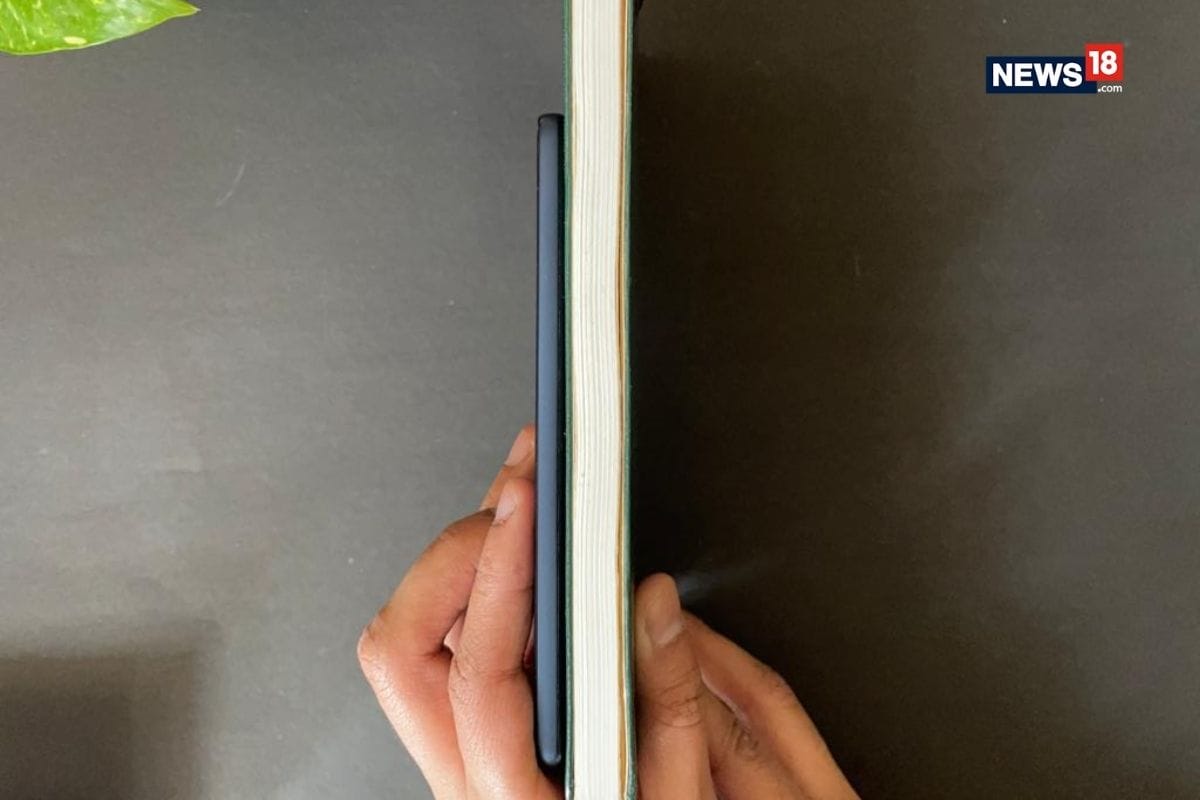
The display panel has a Corning Gorilla 3 protection, while the body features a PMMA (polymethyl methacrylate) material. Without getting too technical with PPMA, it essentially aims to offer a glass-like finish; however, it is a plastic material.
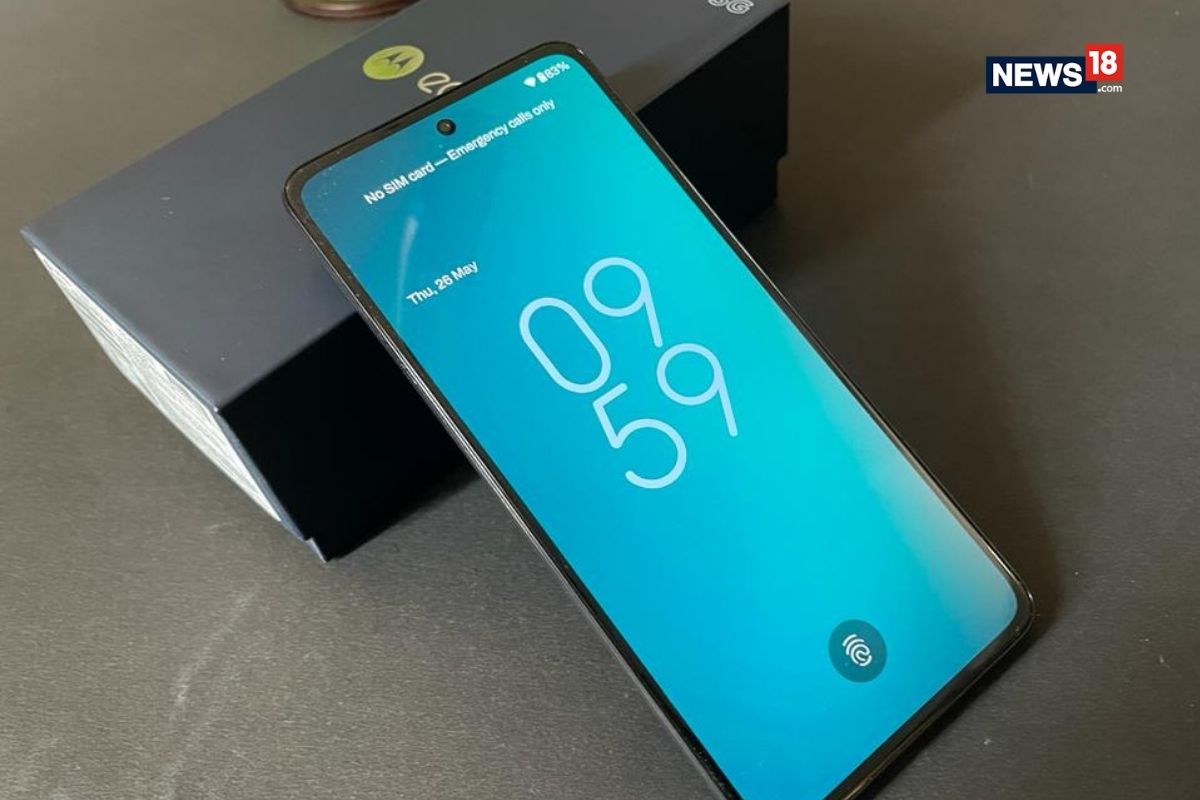
Therefore, the sleek design does raise questions over its durability, and sadly, I am not brave enough to actively test that. I did drop the phone once (accidentally) from barely 2ft height, and there were no signs of damage. Thankfully, the package includes a clear silicone case, though it totally ruins the overall feel of the smartphone. At this point, I wish third party vendors to come out with the correct protective case that does not ruin its slim design and kill the overall aesthetics. The phone also gets an IP52 rating for dust and water resistance.
Display: The Motorola Edge 30 features a 6.5-inch pOLED display with Full-HD+ resolution (2,400 x 1,080 pixels), HDR10+ support, 144Hz refresh rate, and a 20:9 aspect ratio. The display gets a hole-punch cutout for the selfie camera and an under-display fingerprint, the latter being a new edition on a Motorola smartphone. The fingerprint sensor is responsive, but it has limitations with sweaty fingers. This is a common problem with under-display fingerprint scanners in most mid-budget and budget smartphones.
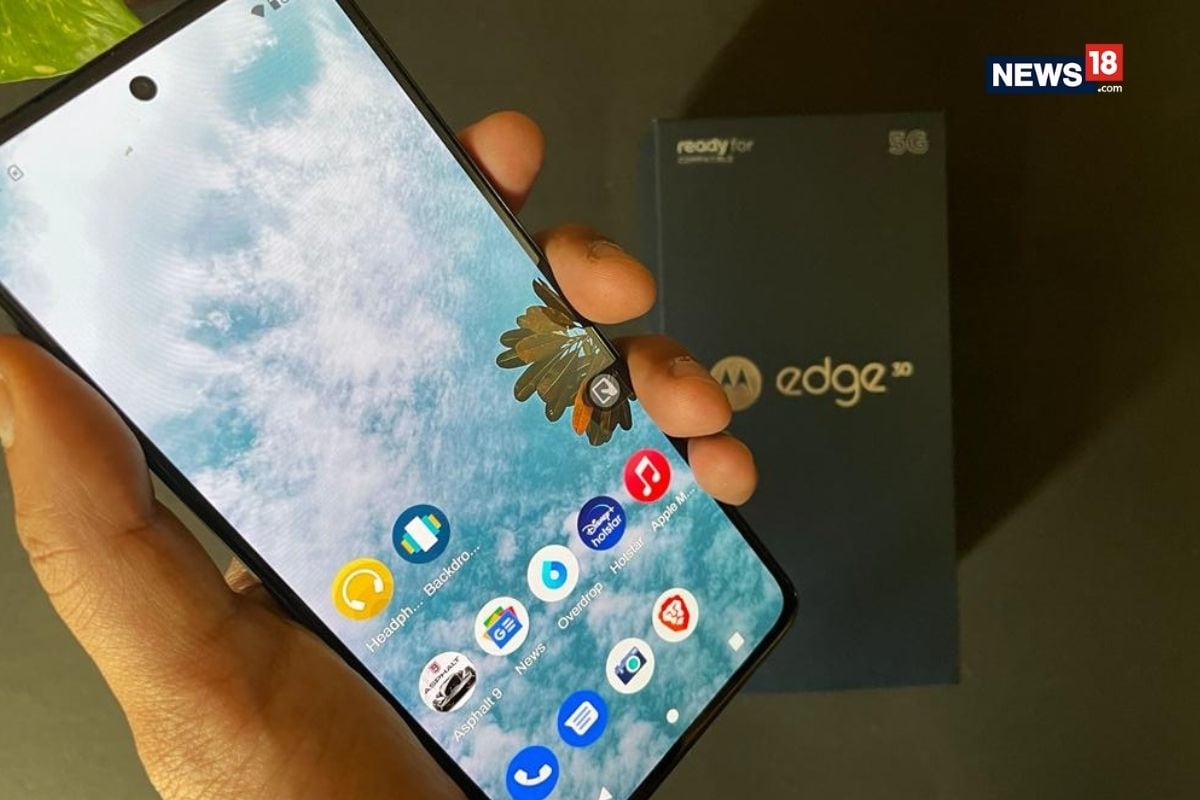
The pOLED display technology is also used in Moto G52 that I reviewed earlier this month. This display panel aims to offer an OLED-like viewing experience, but it is said to be slimmer than other OLED panels. Again, the durability can’t be fully tested, and we have to wait for results after months of usage.
Otherwise, the Motorola Edge 30 offers a vivid display, and the HDR10+ support makes the viewing experience more immersive. I watched a couple of episodes of Better Call Saul S6 on Netflix, Premier League matches on Disney+ Hotstar, and Office on Amazon Prime Video and all content looked clear and sharp on the smartphone. Gaming is equally smooth, thanks to the 144 refresh rate. The touch sampling rate is limited to 360Hz, which is decent, but not the best.
Performance: The Motorola Edge 30 draws power from Qualcomm’s Snapdragon 778G+ SoC – the boosted version of Snapdragon 778G. The variant we received comes with 6GB of LPDDR5 RAM and 128GB of non-expandable storage.
The Motorola Edge 30 scored 828 and 2,870 points in the Geekbench’s single-core and multi-core tests. This is better than what the Snapdragon 778G on Samsung Galaxy M52 5G scored on Geekbench, but this is not a drastic jump. However, it appears the GPU side is seeing the most improvements and the phone scored 8,711 points in 3D Mark’s one-minute Wild Life test – much better than most competitions in this range. The phone throttled to 78 percent in a 15-minute long throttle test.
If we keep the numbers aside, the Motorola Edge 30 managed to run most apps with minor stutters. Titles like Asphalt 9 and Pokemon Unite also ran smoothly, though the battery management while playing games seemed inconsistent.
The good part is that Motorola continues to ship newer smartphones with Android 12 and the Motorola Edge 30 offers a clean software experience. I still feel the Settings UI is not the most user-friendly, but there’s always room for improvements. The phone is also promised to receive two years of Android updates and three years of security updates.
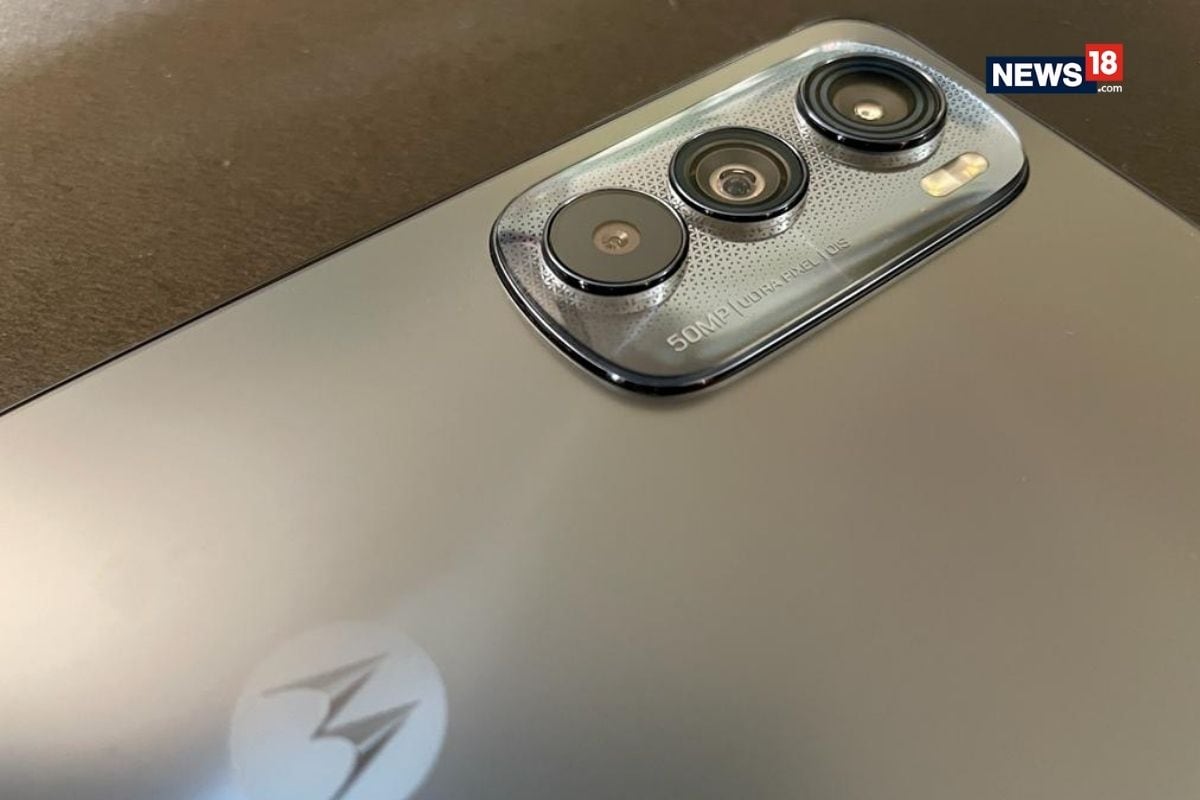
Cameras: The Motorola Edge 30 will surely attract customers for carrying two 50-megapixel cameras. The primary camera gets OIS support, while the ultra-wide angle camera doubles as a macro-sensor. There’s also a 2-megapixel sensor on the back.
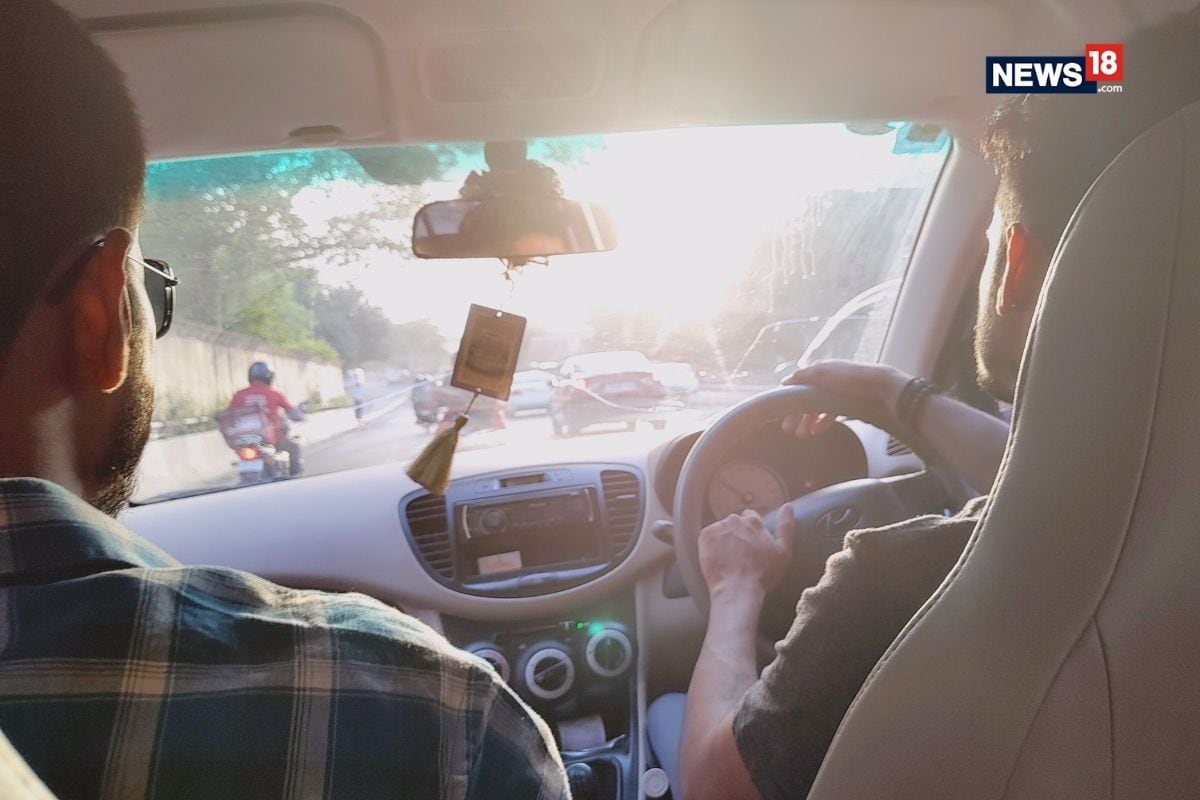
I mostly liked the sensors on the Motorola Edge 30 as most images have a natural tone. I am generally not a fan of boosted images, and this smartphone does a good job in broad daylight and at night. Speaking of the OIS, we get sharp images, but the Realme 9 Pro+ does a better job in offering more depth and clarity. The ultra-wide sensor takes decent images, but I like its macro photography capabilities much better.
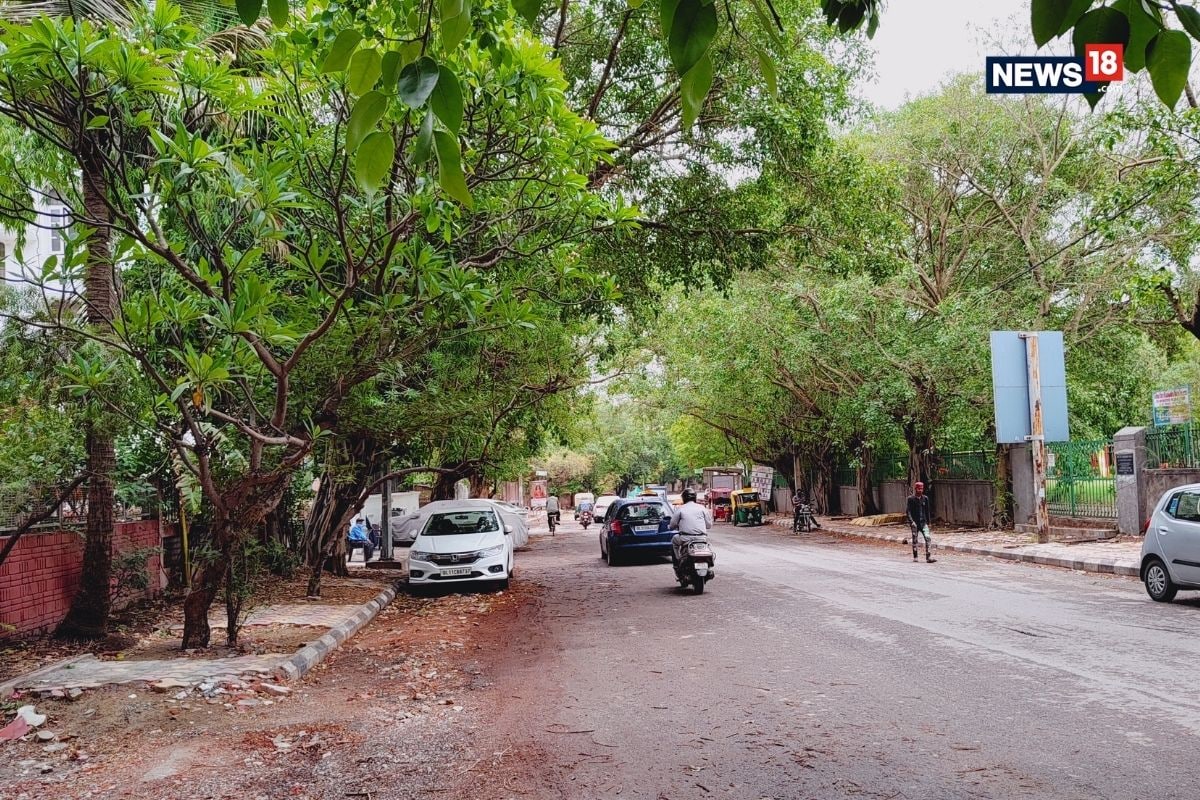
The front camera, on the other hand, takes boosted images and fails to detect my skin tone under most lighting conditions. It does not mean the photos are bad, but it depends on users the kind of colours they prefer in their selfies. Notably, the front camera can record 4K videos.
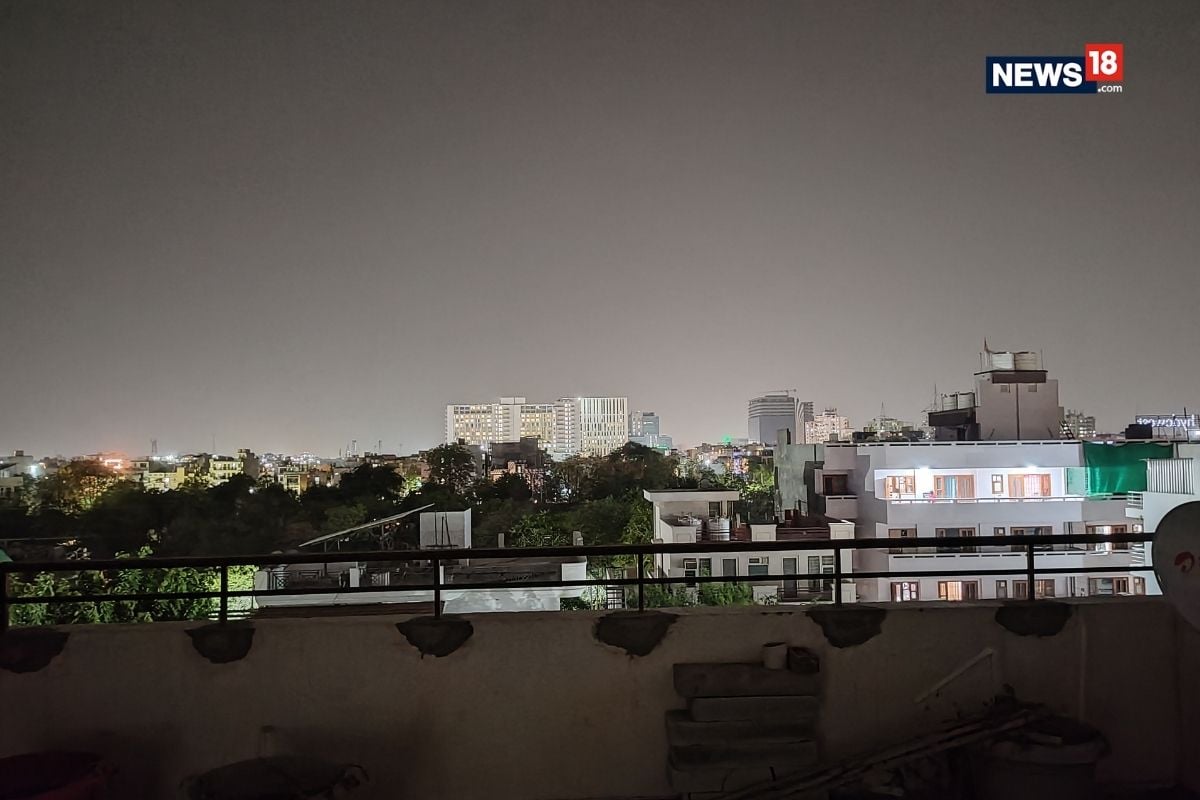
Battery: The Motorola Edge 30 carries a 4,020mAh battery unit, and the package includes a 33W TurboPower charger. With the bundled charger the phone attained 50 percent battery in 25 minutes, though 100 percent charge takes a little over one hour.
The 4,020mAh battery unit appears less muscular than the 4,500mAh or 5,000mAh battery units, but users can still manage to get a full day battery with regular usage, including a 144Hz refresh rate enabled.
Verdict: The Motorola Edge 30 is definitely worth considering if you don’t want to splurge over Rs 30,000. The phone is also future-ready with 5G support (13 bands) and you get carrier aggregation for a more stable connection. The phone is ideal for users who are more productivity-focused as you get an immersive display and capable processor. The rear cameras offer good performance, but you may want to consider Vivo V23 if your priority is the front camera.
However, the maximum storage of Motorola Edge 30 is still limited to 128GB, which may work for some users, but I generally suggest getting 256GB storage variants if you want to download apps and click photos without worrying about storage.
Read all the Latest News , Breaking News and IPL 2022 Live Updates here.
For all the latest Technology News Click Here

